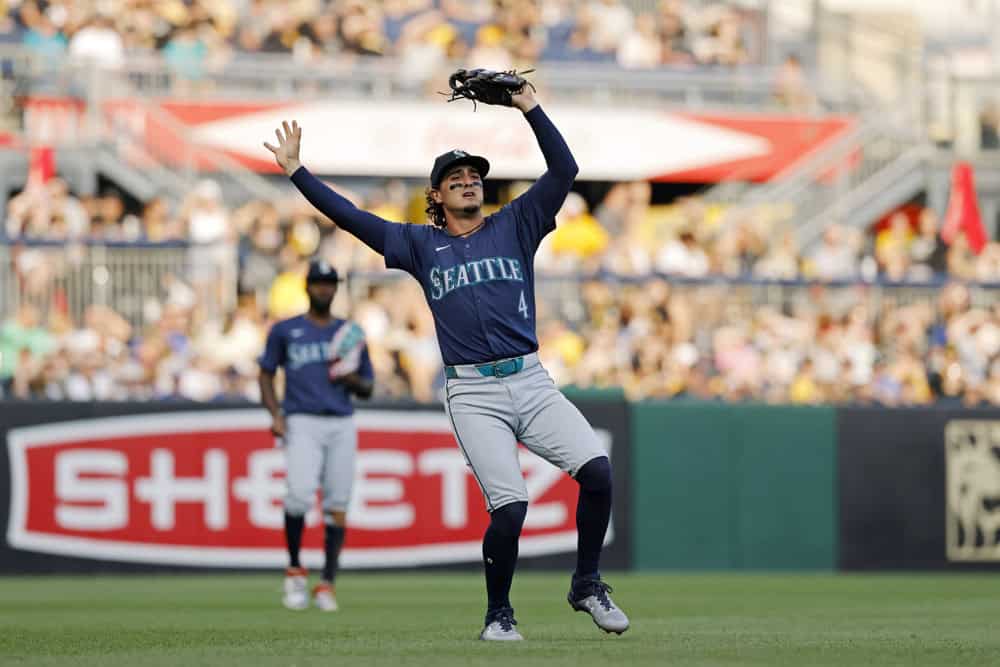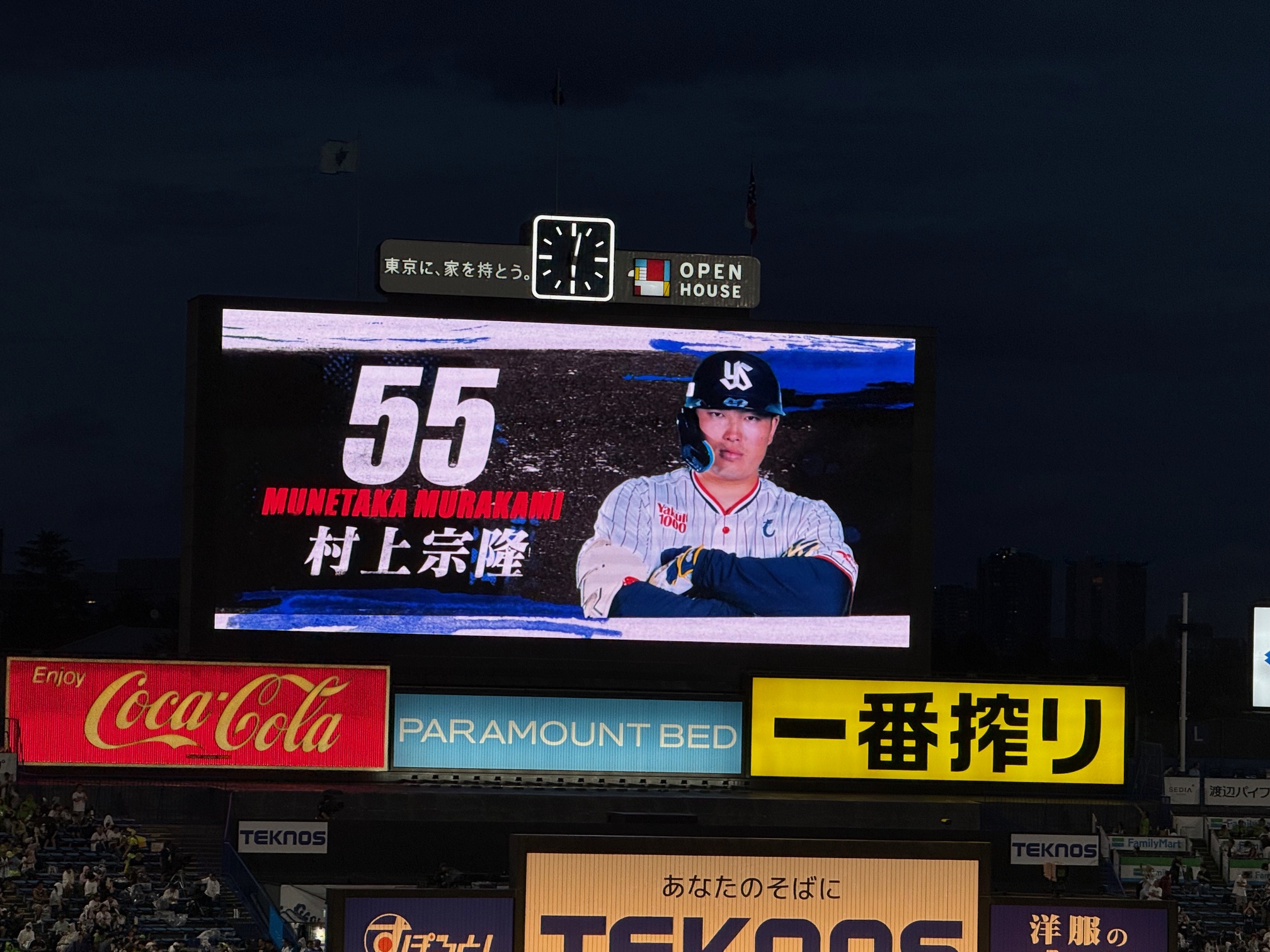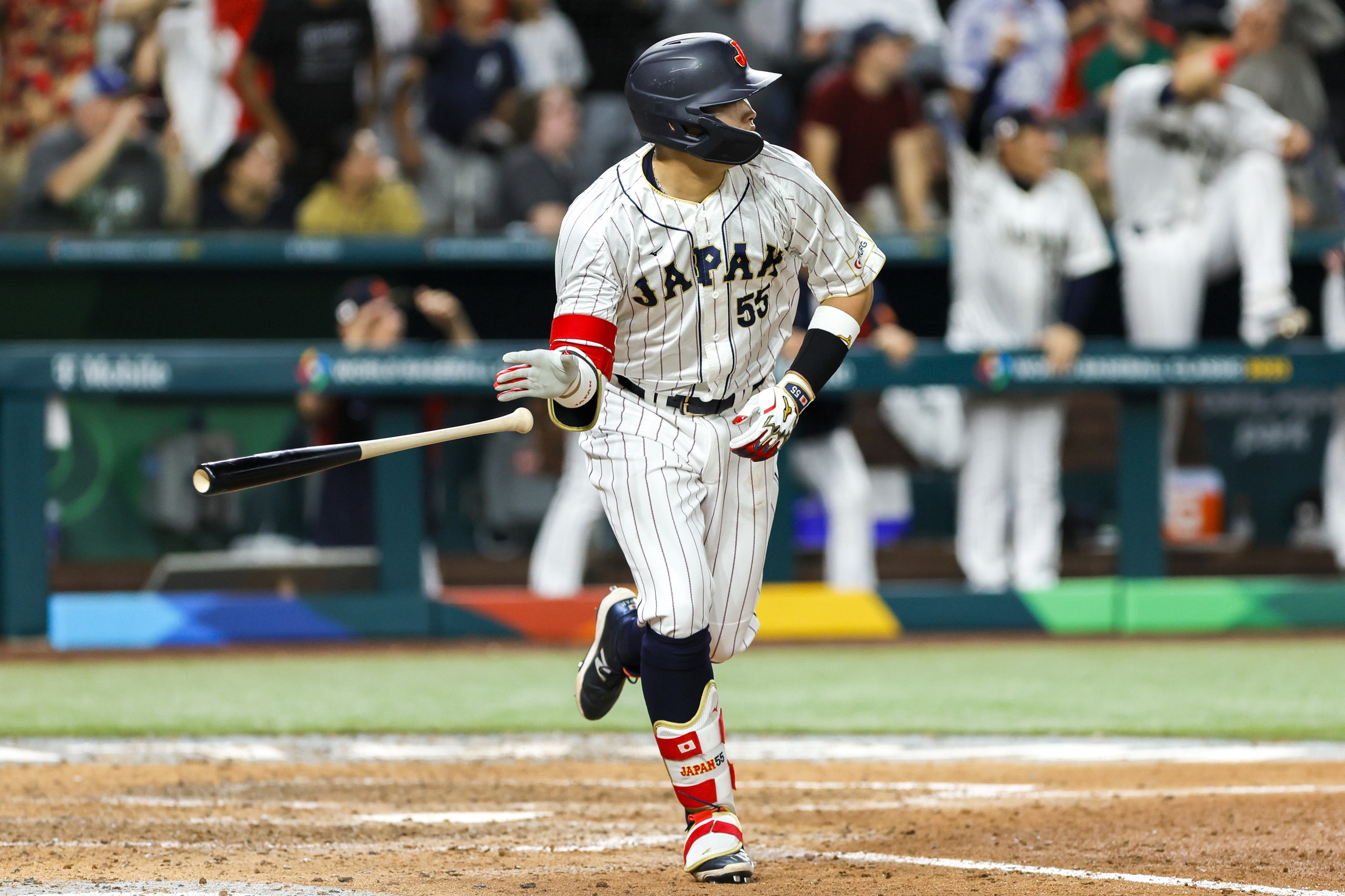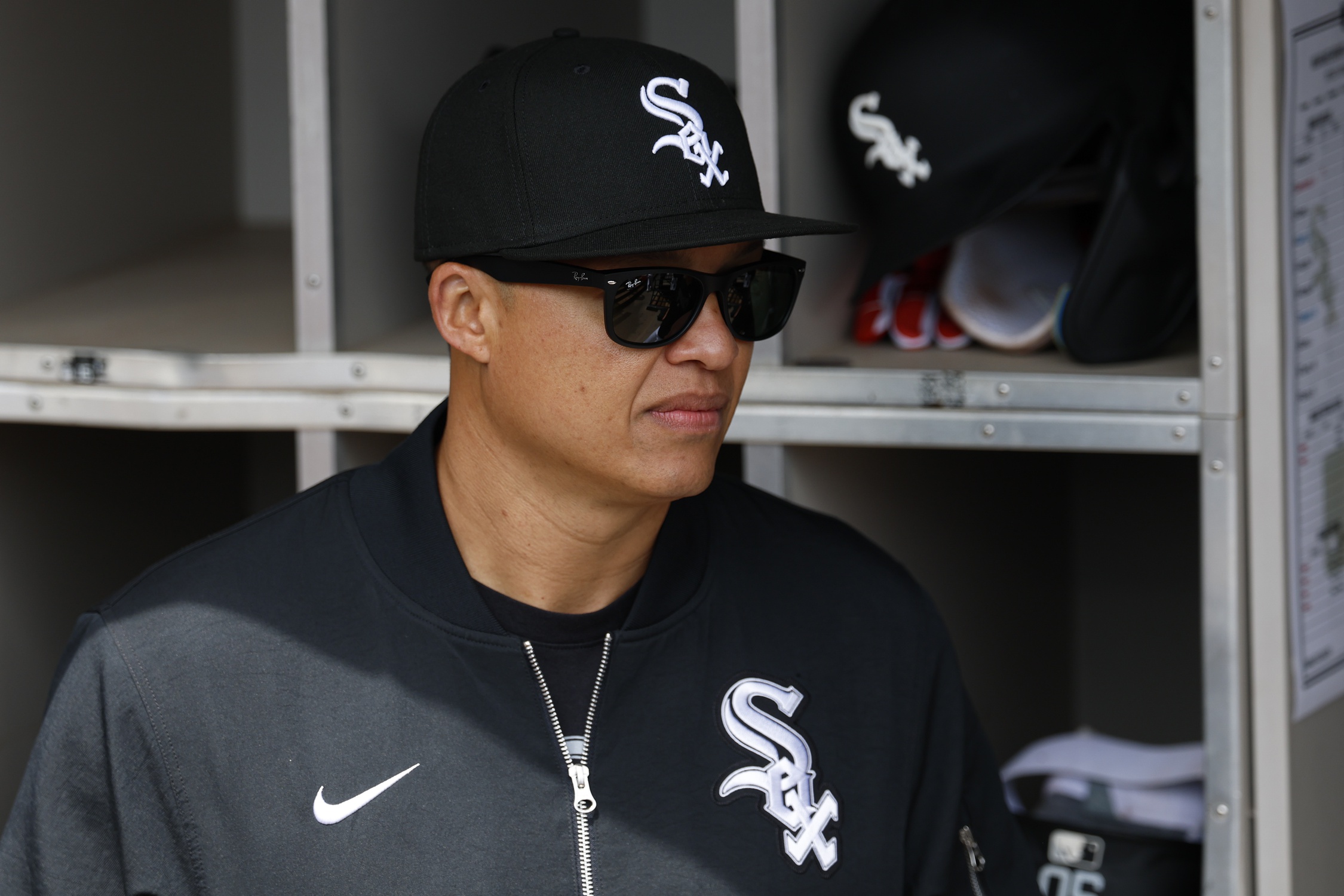Upon further inspection, while Josh Rojas' impending one-year deal with the White Sox gives him an inside track to steady infield work -- why would he choose the White Sox over a supposedly interested team like the Cubs otherwise? -- his one remaining option stands a better chance of coming into play than I initially assumed.
Rojas hit .225/.304/.336 for the Mariners last season, which on its face is a little below average (91 OPS+), but useful enough for a guy who can be glove-first at multiple infield positions. What I didn't realize at first glance was that his line was extremely front-loaded:
- First 40 games: .347/.411/.515 over 114 PA
- Last 112 games: .188/.271/.280 over 366 PA
So if he stumbles out of the gate with the White Sox and it gets to the point where he's hitting below the Mendoza Line over the last calendar year, he may not be immune from the Charlotte carousel after all. At the same time, a couple months of credible work will give Rojas the vaunted five years of service time to protect against such a fate.
For the time being, assume that Rojas will open the season either holding down an infield position or providing the heavier side of platoon work at second and third. Then, use whatever energy you've saved to figure out the infielders with whom he will be rotating, because that's a much more open question.
Even with Rojas still unofficial, the current White Sox 40-man roster has six infielders who all received a chance at earning MLB playing time and fumbled it to varying degrees, and Chris Getz acquired a seventh candidate from Boston in the Garrett Crochet trade. I've tried to map out the permutations worthy of discussion, knowing full well that any subsequent signing or offseason injury update could make the entire exercise moot by the time pitchers and catchers report to spring training.
Out of options
- 2B: Lenyn Sosa
- 3B: Miguel Vargas
- SS: Jacob Amaya
Arguments for: They're all right-handed, opening every avenue for Rojas to play as much as a regular. Sosa actually hit well in September, and until he takes Andrew Vaughn's job at first base, he has to play somewhere. Regarding the other two, immediate failure buys time for more promising prospects, and makes it theoretically easier for the White Sox to sneak them through waivers during the season. "Meat shields" is another term for this trio.
Arguments against: This has the potential to be a pretty ghastly combination on both sides of the ball. That can be said with confidence because said potential was realized last year for a 121-loss team that collapsed both offensively and defensively. The win total might not yet matter, but you probably want to prop up a young pitching staff that could be light on strikeouts.
Defense first
- 2B: Brooks Baldwin
- 3B: Josh Rojas
- SS: Jacob Amaya
Arguments for: This combination is the best bet for supporting pitchers who don't miss bats, and it also contributes lineup balance with the lefty Rojas and switch-hitting Baldwin.
Arguments against: The defense could still be short of game-changing because Baldwin's early looks at second base have been unexpectedly awkward. Amaya can be considered decent to plus at short -- he finished with 3 DRS in 23 games, backing up his minor league scouting reports -- but his inability to hit negates his contributions in the field.
FOR THE CLICKS
- 2B: Chase Meidroth
- 3B: Bryan Ramos
- SS: Colson Montgomery
Arguments for: Easily the trio that would warrant the closest watching, draw the most conversation, generate the most page views, etc. Rojas could spell Meidroth and Ramos against more challenging matchups and provide a defensive boost.
Arguments against: Easily the trio that would generate the most concern if it faceplanted out of the gate, both from a player development perspective ("Why were they rushed?") and a fan engagement perspective ("What the hell am I supposed to look forward to now?").
Plate discipline
- 2B: Chase Meidroth
- 3B: Miguel Vargas
- SS: Colson Montgomery
Arguments for: Throw in a heaping helping of Rojas, and that's four infielders with walk rates of 10 percent or better at their last stops. Combine them with the similarly disciplined approaches of Austin Slater, Mike Tauchman and Matt Thaiss, and the lineup sports a consistent philosophical underpinning, if nothing else.
Arguments against: There might be nothing else, just because you can't project much defensive or baserunning value to offset the significant chance of across-the-board slow starts.
Pragmatism Reigns
- 2B: Lenyn Sosa
- 3B: Miguel Vargas
- SS: Brooks Baldwin
Arguments for: It accounts for Sosa's September, buying Montgomery time, not requiring a 40-man spot for Meidroth before it's necessary, the emotional investment in Vargas redeeming the Erick Fedde/Michael Kopech trade, and Rojas complements it all. If this combination doesn't click, three new infielders might be ready to swap in by May.
Arguments against: The defensive integrity hinges on Baldwin being healthy and stable enough to look like a 1 WAR shortstop.
We'll see whether Getz has any signings or compelling non-roster invitees (Nick Maton is already in the fold, Braden Shewmake remains in DFA purgatory) in store, because what this exercise most illustrates is that the White Sox could use a better bet for shortstop. Then again, the Sox thought they signed that sort of steady glove last year, only to see Paul DeJong put forth one of the league's worst performances there, so maybe they're more comfortable enduring the foibles of youth versus an irreversible decline.
Should this be the crop, the uncertainty sets the stage for a royal rumble of a roster battle at Camelback Ranch. Lots of guys should be filling up James' spring training notebooks with BSOHL stories and why this year is going to be different. Whether any of these players will be worth reading about after March is anybody's guess.






